Architecture History 315 Final (Vocab)
1/114
Earn XP
Description and Tags
All not learned match terms described
Name | Mastery | Learn | Test | Matching | Spaced |
|---|
No study sessions yet.
115 Terms
Acanthus Leaves
Common plant ornament on buildings, often on columns (Corinthian column)
Acropolis
Settlement of upper part of a greek city, a citadel (fortress)
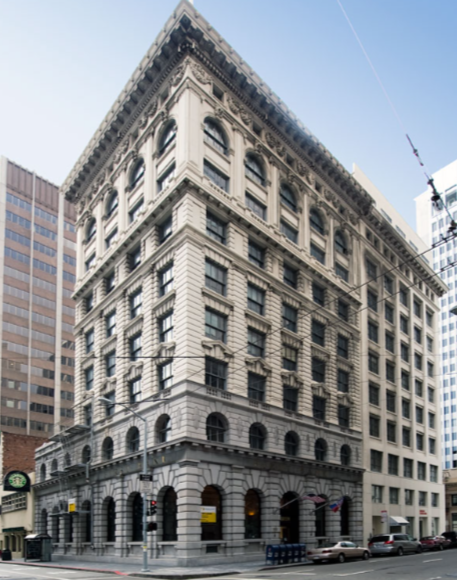
American Renaissance
1860 period, Arts and Crafts movement
Anthropomorphic
Putting human traits/emotions on non-human things
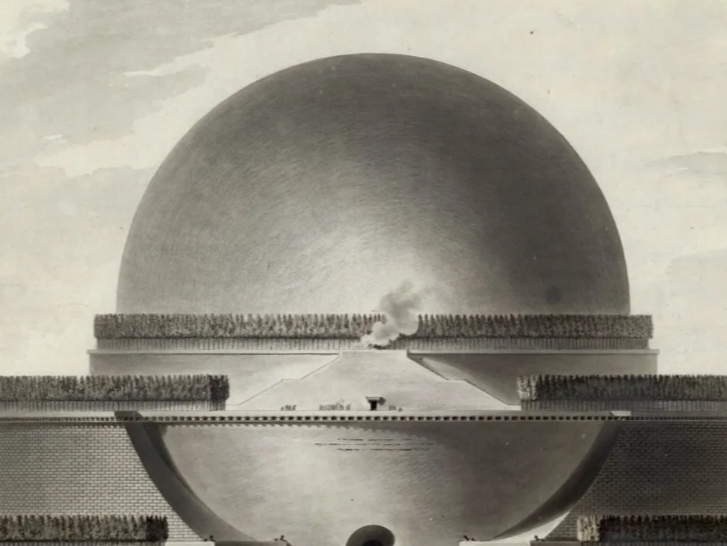
Architecture parlante
Architecture that explains its own function through its form
Architecture Considered in Relation to Art, Morals, and Legistration (Ledoux)
Claude Ledoux, published collection of designs
Architecture Without Architects (Rudofsky)
Uncovers the art of vernacular architecture, architecture that was not built by specialists

Arcuated Architecture
When a building’s structure consists of arches
“Art and Craft of Machine” (Wright)
Frank Lloyd Wright. Defines scope/power of the Machine, the good and bad the Machine can do in Art and Craft
Barrel Vault
Extrusion of a curve along a distance. Set of arches in a row
Basilica
Oblong building ending in a circular apse
Black Death 1348
Hightened fear of illness, reinforced realism in art.
Brises Soleils
Solar shading system that reflects sunlight to reduce heat gain
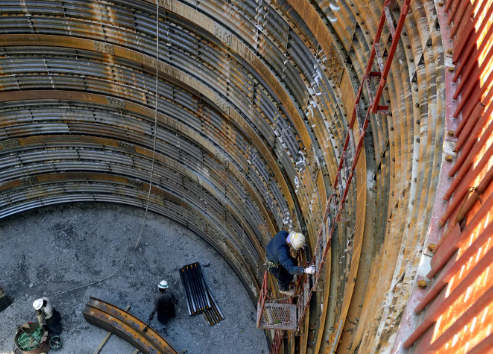
Caisson
Watertight retaining structure, used to work on foundation of a bridge pier. Allows construction work to be carried out under water
Campanile
Freestanding bell tower
Capital
Part of the top of a column
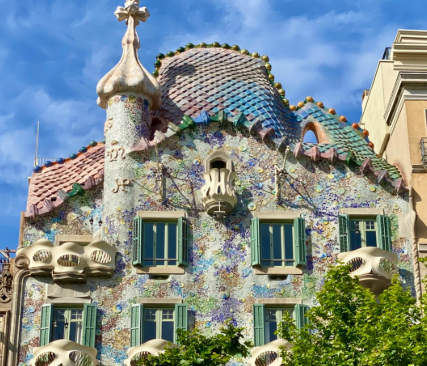
Catalan Modernismo
Catalan Spain, area cultivated fin-de-siecle ideas and trends from Art Nouveau movement. No other part of the world has a stronger Art Nouveau architectural legacy
Cenotaph
Empty tomb or monument in honor for someone/s whose remains are lost
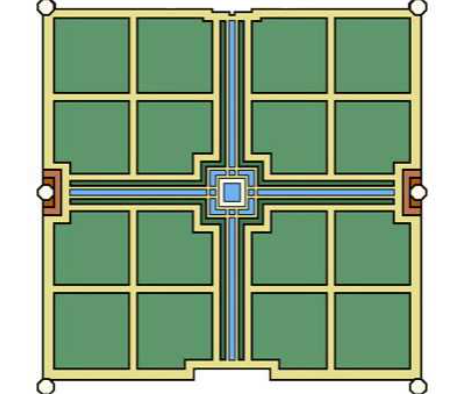
Chahar Bagh plan
A Persian and Islamic quadrilateral garden layout that symbolizes the four rivers of Paradise as described in Islamic tradition.
City Beautiful Movement
The City Beautiful movement was a reform philosophy of North American architecture and urban planning that flourished during the 1890s and 1900s with the intent of introducing beautification and monumental grandeur in cities
Coffer
Series of sunken panels in a ceiling or vault, or a chest for valuables
Colossal Order
Columns that span multiple stories
Complexity and Contradiction in Architecture (Venturi)
It addresses architecture as the only place where redundant and simple construction, in thinking and in material reality, takes shape. All other art forms indulge and promote complexity in their art form.

Cornice
An ornamental molding around the wall of a room or the edges of a building
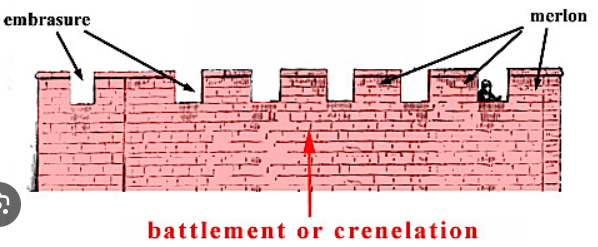
Crenellation
A wall around the top of a castle w/spaces where arrows were shot
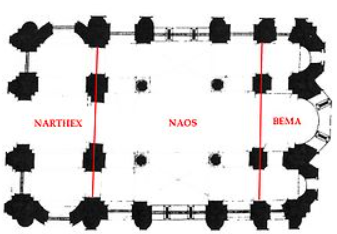
Crossing Square
A cross-in-square church is centered around a quadratic naos (the 'square') which is divided by four columns or piers into nine bays (divisions of space). Popular in Byzantine churches.
Cruciform
Something that has the shape of a cross
Curtain Wall
Exterior covering of a building that is not structural
Das Andere/The Other (Loos)
“The journal, a manual for modern life, was entirely written by Loos and born out of his aversion to the hypocrisy and superficial aestheticization of life in Austria, which he saw embodied by the Secession movement and the Wiener Werkstätte. As a counterbalance, Das Andere proclaimed Loos’s admiration for the fashion and culture of England and America. He scrutinizes every element of contemporary life with an acerbic wit.”
De re aedificatoria (Alberti)
Classic architectural treatise. “provided the Renaissance with an organized program for architectural design. By using new mathematical techniques and relationships found in musical harmony, Alberti achieved a balanced proportion which was emulated throughout the Renaissance.”
Deutsche Werkbund
German association of artists. Important in development of modern and industrial architecture. Gropius and Mies were part of the Werkbund. Created Bauhaus school.
Ecole des Beaux-arts
Most important art school for architects in Western world at the time.
Elan Vitale
Vital force or impulse of life. Creative principle by Bergson, to be immanent in all organisms and responsible for evolution.
Flock of Geese Plan
Follies and mock ruins
“folly is a building constructed primarily for decoration, but suggesting through its appearance some other purposeA folly is a building constructed primarily for decoration, but suggesting through its appearance some other purpose” OR “Artificial ruins or imitation ruins are edifice fragments built to resemble real remnants of ancient ruins in European landscape parks and estates”
Fusama (sliding wall panels)
Opaque sliding walls used in Japanese homes
Gesamtkunstwerk
“total work of art” art that makes use of many art forms into a cohesive whole. Strive to design all parts of a building in architecture, exterior and interior, and landscape.
Greek cross plan
Church plan in form of greek cross, used in Byzantine architecture.
Harem
“A harem is a domestic space that is reserved for the women of the house in a Muslim family”
Haussmannization
Napoleon III commissioned Haussmann to re-design France away from a medieval city. Created the city better for pedestrians, wider streets, public parks, improving sanitation
Humanism
“Humanism is a philosophical stance that emphasizes the individual and social potential, and agency of human beings, whom it considers the starting point for serious moral and philosophical inquiry.” Vitruvian man is a symbol of this idea.
Iconoclasm
Social belief in the destruction of icons or monuments prevalent in religious or political perspectives
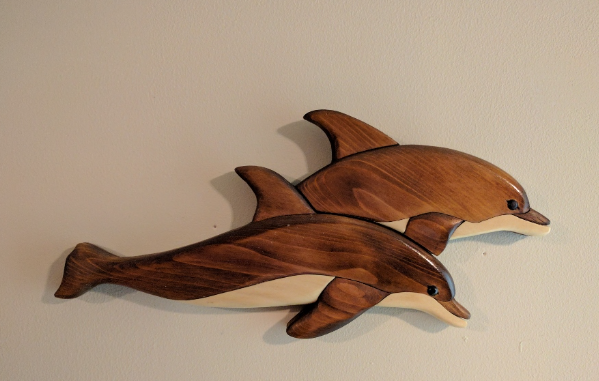
Intarsia
“Intarsia is a form of originally Arab wood inlaying that is similar to marquetry”
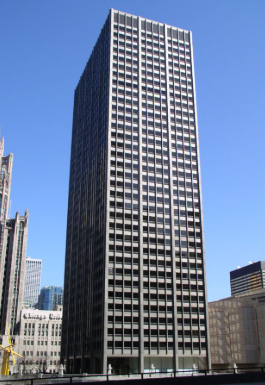
International Style
1920’s-1970’s. Consist of rectangular forms, plane surfaces w/o ornament, open interiors, feeling of weightlessness in construction. Often using steel and glass
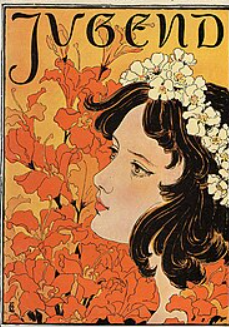
Jugendstil
German artistic movement of decorative arts (German art nouveau)
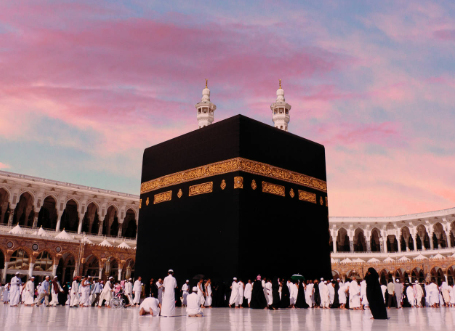
Kaaba
“The Kaaba, sometimes referred to as al-Kaʽba al-Musharrafa, is a stone building at the center of Islam's most important mosque and holiest site, the Masjid al-Haram in Mecca, Saudi Arabia. It is considered by Muslims to be the Baytullah and is the qibla for Muslims around the world.”
Lives of the Artists (Vasari)
“describes the lives and works of some of history's great artists.”
Load-bearing wall
Supports elements structurally that are above wall
Loie Fuller
“American dancer and a pioneer of modern dance and theatrical lighting techniques”
Mannerism/la maniera
“Mannerism appeared and prevailed in some regions until the end of the 16th century, when the Baroque style developed. Mannerism was antithetical to many of the principles of the High Renaissance. Instead of harmony, clarity, and repose it was characterized by extreme sophistication, complexity, and novelty.”
Martyrium
Building or chamber used by early Christians as a burial place. Built over a tomb of a Christian Martyr.
Mihrab
A niche in the wall of a mosque, indicates the qibla, the direction of Mecca
Minaret
Tall slender tower part of a mosque, place where Muslims are called to prayer
Minka
Traditional Japanese architectural style for houses
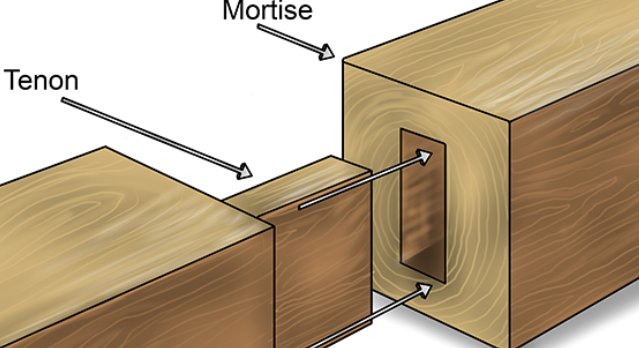
Mortise and tenon joinery
Type of joint, connects usually at 90 degree angle. Tenon into Mortise
Mughal empire
“The Mughal Empire was an early modern empire in South Asia”
Muquarnas
Decorative vaulting (honeycomb ornament)
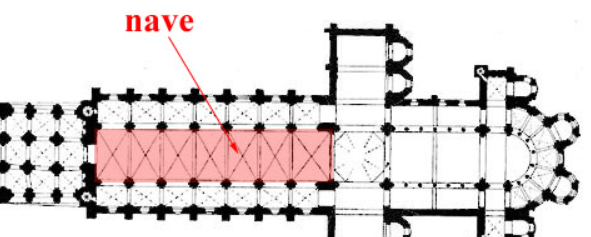
Nave
Central part of a church building
Neoclassism
“emerged as a Western cultural movement in the decorative and visual arts, literature, theatre, music, and architecture that drew inspiration from the art and culture of classical antiquity”
Oculus
“circular opening in the center of a dome or in a wall. Originating in classical architecture, it is a feature of Byzantine and Neoclassical architecture”
Open plan/Democratic plan
Idea formed through early modernism, FLR created open plan buildings. Every room is open to the next.
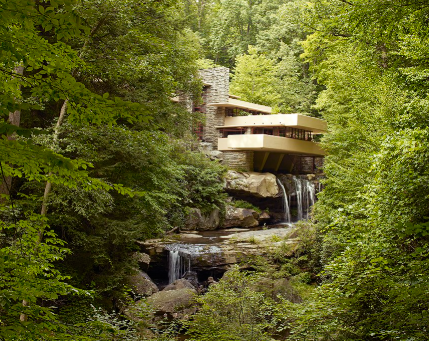
Organic architecture
Architecture doesn’t stick out, it is part of nature, promotes harmony between human habitation and natural world
Pagoda
“pagoda is a tiered tower with multiple eaves” Popular in Japan
Palazzo
Palace, Italian palace. (Ex: Medici’s palace)
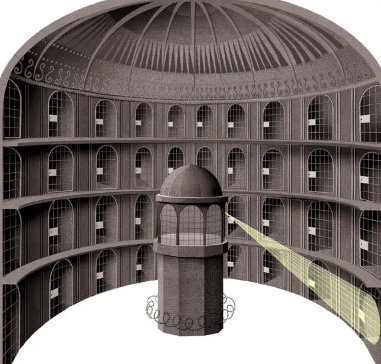
Panopticon
“a design of institutional building with an inbuilt system of control, originated by the English philosopher and social theorist Jeremy Bentham in the 18th century”
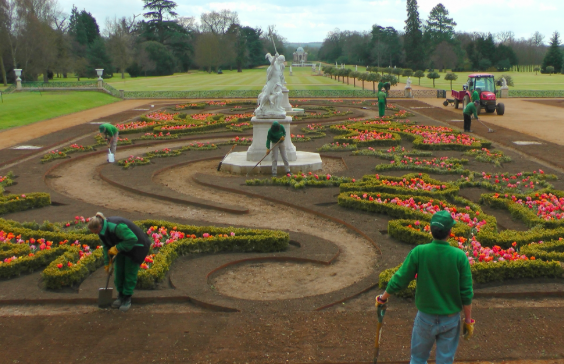
Parterre
Ornamental garden with paths
Pediment
Gable in classical architecture, usually triangular shape. Placed upon columns.
Peripteral Temple
“A type of ancient Greek or Roman temple surrounded by a portico with columns.”
Piazza
“a large, open space, often rectangular, surrounded by buildings, serving as a public gathering place, and often featuring historical buildings, cafes, and monuments”
Pietra serena
blue-gray sandstone used in Renaissance Florence for architectural details
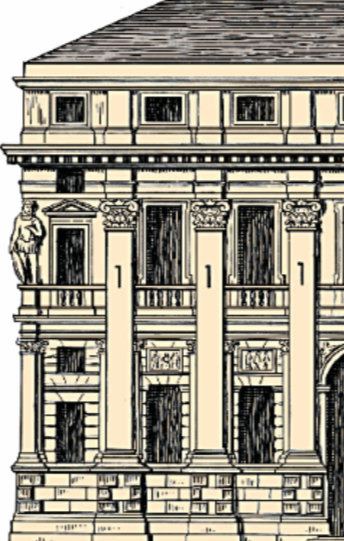
Pilaster
Load-bearing column that is submerged into a wall for decorative purposes. Gives appearance of supporting column, articulates expanse of wall. Used in skeletal frame buildings to often give people more reassurance that the building is structurally safe.
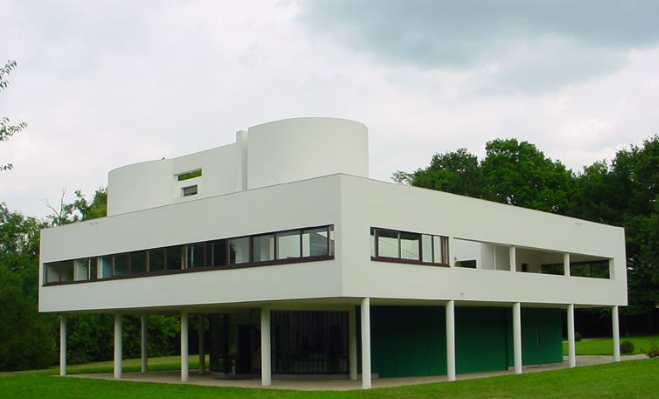
Pilotis
Corbusier likes this. “supports such as columns, pillars, or stilts that lift a building above ground or water”
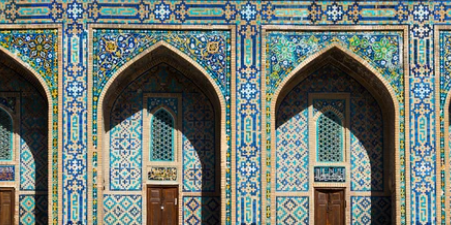
Pishtaq facade
“a formal gateway that served to emphasize a building's presence and importance”
Portico
a porch leading to the entrance of a building, popular from ancient Greece
Post and lintel (or post and beam) construction
“the use of horizontal stone beams or lintels which are borne by columns or posts”
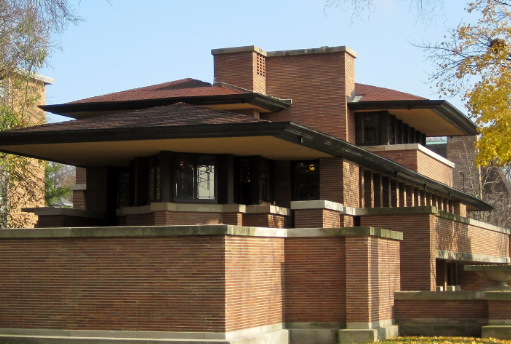
Prairie House
1900s, Arts and Crafts principles blended w/Louis Sullivan’s ideas. Emphasis of horizontal lines, open plans, and natural motifs. Meant to mimic the natural landscape lines of the Midwest.
Quattro Libri (Palladio)
“prominent discussion of Palladio's own works and by the use of terms familiar to contemporary architects and artisans”
Reinforced concrete
composite material; “concrete in which steel is embedded in such a manner that the two materials act together in resisting forces”
Reliquary
Container for relics
Ricetto
Small fortified area in medieval Italian cities to hold agricultural products. “multiple buildings enclosed within a thick pentagonal perimeter, sometimes accompanied by a guard tower”
Shakkei (borrowed scenery)
technique of using surrounding scenery to enhance the beauty of your garden, incorporating background into composition of the garden
Shogun
“Shogun officially sei-i taishōgun was the title of the military rulers of Japan during most of the period spanning from 1185 to 1868”
Shoji (translucent scenes)
“(in Japan) a sliding outer or inner door made of a latticed screen covered with white paper”
Skeletal frame or metal-cage construction
Framework where vertical steel columns and horizontal I-beams form the skeleton of a structure
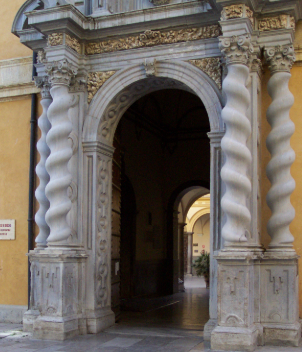
Solomonic column
“a helical column, characterized by a spiraling twisting shaft like a corkscrew”
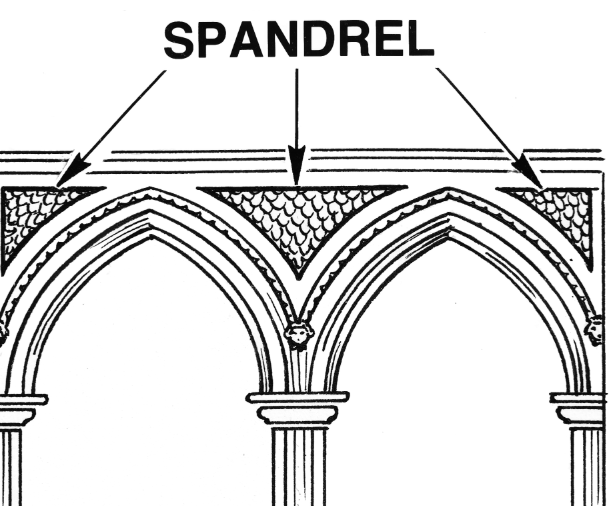
Spandrel
“A spandrel is a roughly triangular space, usually found in pairs, between the top of an arch and a rectangular frame, between the tops of two adjacent arches, or one of the four spaces between a circle within a square”
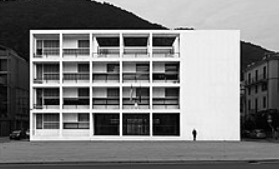
Structural Rationalism
“the use of symmetry and mathematically and geometrically defined structures with low ornamentation”
Stuart and Revett
“Revett is best known for his work with James "Athenian" Stuart documenting the ruins of ancient Athens” Wrote the Antiquities of Athens.
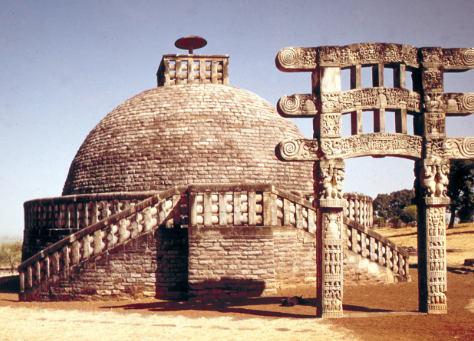
Stupa
Buddhist architecture. Mound-like structure that contains relics, such as the remains of Buddhist monks or nuns. Used as place of meditation.
Suspension bridge
“a type of bridge in which the deck is hung below suspension cables on vertical suspenders”
Tabula rasa
Idea of being a clean slate, all knowledge comes from later perceptions + sensory experiences. Comes from Roman tabula; wax covered tablet used for notes

Tenshu
Typology in Japanese castle complex’s. Highest tower in a castle
Terracotta
“baked earth”. Cooked clay w/water. Red color
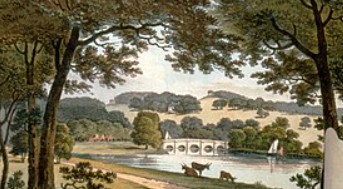
The Picturesque
“picturesque, artistic concept and style of the late 18th and early 19th centuries characterized by a preoccupation with the pictorial values of architecture and landscape in combination with each other”
The “primitive hut” (Laugier)
“Laugier's essay proposed that the idea of noble and formal architecture was found in what was necessary for architecture, not in its ornamentation but in its true underlying fundamentals. Laugier argued for the simplicity of architecture, that architecture must return to its origins, the simple rustic hut.”
The Sublime
“the sublime is the quality of greatness”
Thin-shell concrete
“is a structure composed of a relatively thin shell of concrete”
Topiary
Clipping plants to maintain a defined shape. Purposefully shaping plants
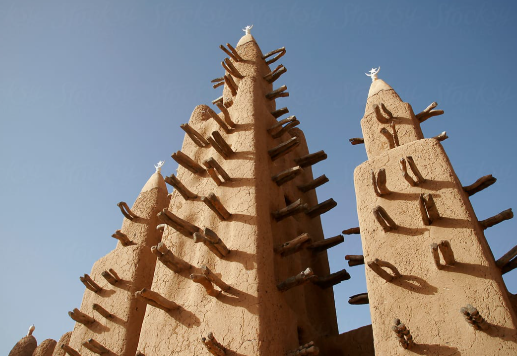
Toron sticks
Part of the Great Mosque of Dejenne, Act as scaffolding during construction and for repairs.

Trabeated architecture
Post and lintel architecture structure. Where strong horizontal elements are held up by strong vertical elements w/large spaces in-between.